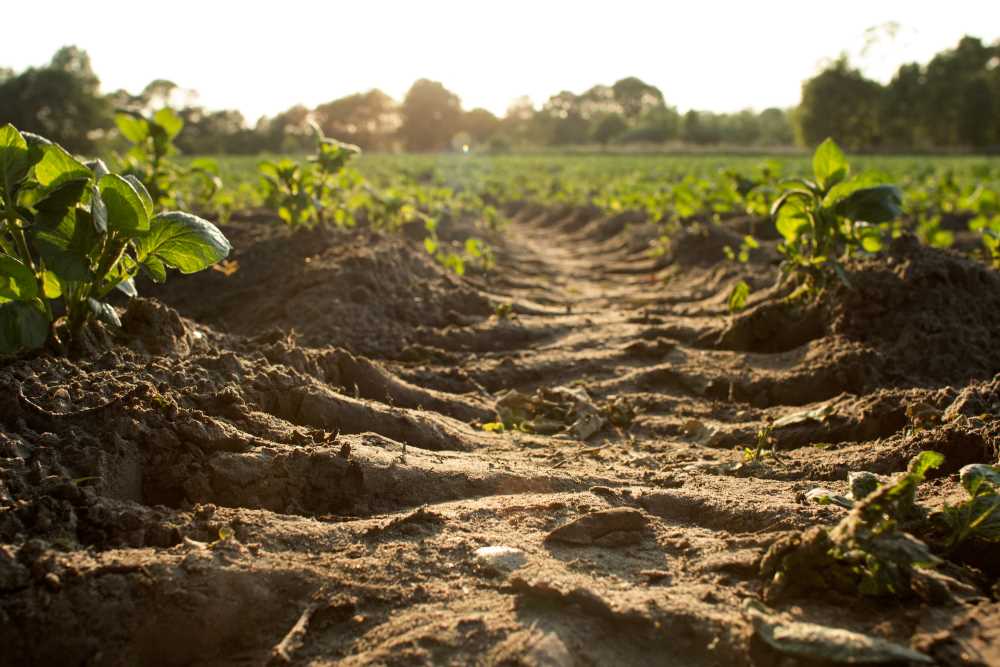The Imperative of Soil Preservation in Mexico
Mexico, boasting 26 of the 32 global soil groups, faces a crisis with 64% of its soil degraded. This degradation threatens vital ecosystem services, from sustenance to water sources. The National University's PUEIS initiative fosters collaboration to address this challenge.

Mexico, blessed with a rich soil diversity, finds itself at a crossroads. It's a nation that boasts 26 of the globally recognized 32 soil groups. Yet, this treasure trove is threatened. Blanca Prado Pano, from the esteemed UNAM institutions, recently highlighted that a staggering 64% of Mexican soil is degraded. The question that thus arises is: Why should we be concerned?
The Roots of Soil Diversity
“Soil-forming factors are a complex interplay of rocks, sediments, climate, landscape positioning, and the myriad activities of countless organisms,” explains Pano. She underscores how varied these elements are in Mexico. For instance, the “parent materials,” i.e., rock and sediments, greatly differ across the nation's expanse. The intricate dance of these factors determines the health of the soil, which directly impacts agriculture, water sources, and ecosystems.




